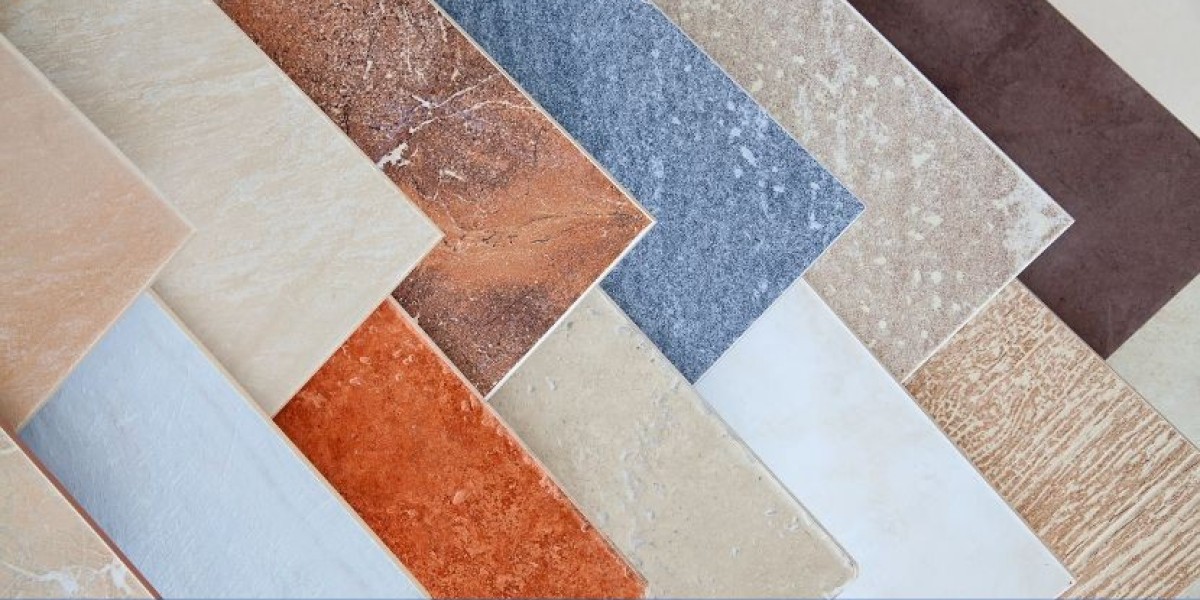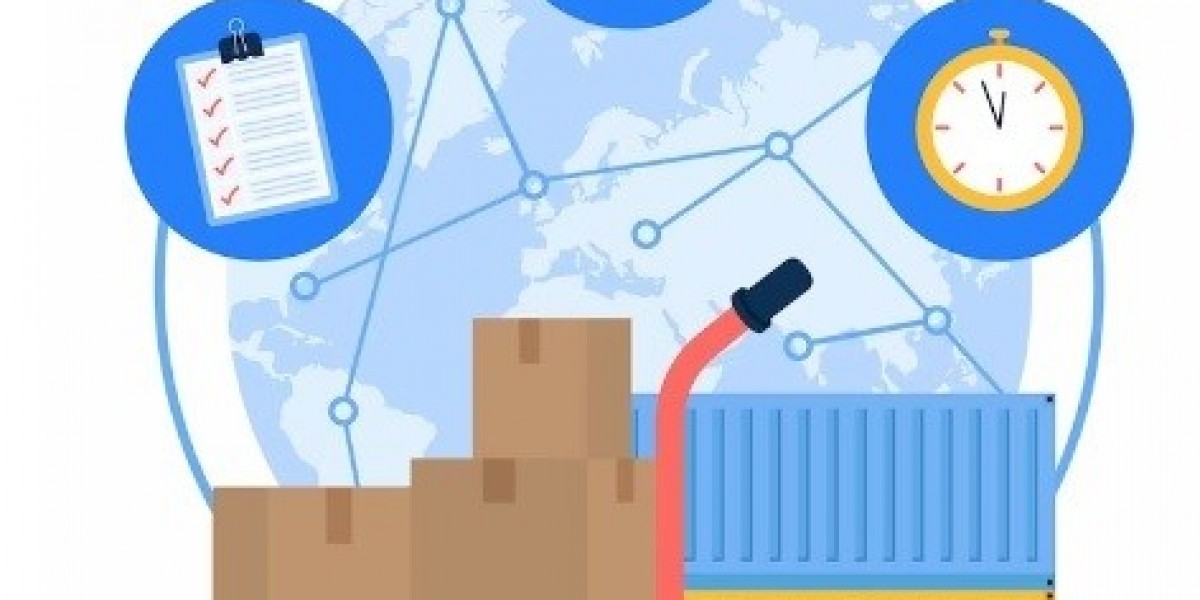Introduction
Ceramic tiles are a versatile and durable product widely used in both residential and commercial construction. They are primarily used for flooring, wall coverings, and decorative purposes. The global demand for ceramic tiles is steadily increasing due to their aesthetic appeal, durability, ease of maintenance, and availability in a wide variety of designs, shapes, and sizes. The growth of the construction industry, along with an increasing preference for sustainable and durable building materials, has spurred the demand for ceramic tiles worldwide. This ceramic tiles manufacturing plant project report outlines the process of setting up a ceramic tiles manufacturing plant, covering the key components involved in the production, equipment requirements, raw materials, quality control, and safety standards. Additionally, the report discusses market trends, investment considerations, and future opportunities in the ceramic tile industry.
Key Components of Ceramic Tile Manufacturing
1. Raw Materials
The primary raw materials required for the production of ceramic tiles include:
Clay: The main ingredient for ceramic tiles, clay is often mixed with other minerals to enhance the final product's strength and durability.
Silica (Quartz): Silica is used to increase the hardness and improve the thermal and electrical properties of the tiles.
Feldspar: Used to lower the firing temperature of the ceramic tiles and provide good glaze characteristics.
Bentonite: A form of clay used as a binder, providing structural integrity to the tile.
Other additives: Various chemical and natural additives may be used to enhance specific properties such as color, texture, or shine.
These materials are typically sourced locally, but can also be imported depending on the quality and availability of specific types of raw materials.
Get a Free Sample Report with Table of Contents@
2. Manufacturing Process
The production of ceramic tiles involves several stages, from mixing raw materials to the final packaging of the tiles. The key steps in the manufacturing process are:
1. Preparation of Raw Materials
The first step involves mixing raw materials, including clay, silica, feldspar, and any other additives, to form a uniform mixture. The raw materials are ground into a fine powder and passed through a series of sieves to remove impurities.
2. Forming the Tiles
Once the raw materials are mixed, the next step is shaping the mixture into the desired tile form. The shaping process can be done through several methods, including:
- Pressing: The mixture is compressed using a hydraulic press to form tiles of a specific size and thickness.
- Extrusion: In this method, the mixture is forced through a die to create tiles in the desired shape and size.
This stage also includes ensuring uniform thickness and surface finish for the tiles.
3. Drying
After forming the tiles, the greenware (unfired tiles) is subjected to a drying process to remove excess moisture. This step is crucial, as improper drying can lead to defects such as cracking or warping. The drying process is typically done in large drying chambers with controlled temperature and humidity.
4. Firing
The dried tiles are fired in a kiln at high temperatures (around 1000-1300°C), a process known as sintering. This step fuses the raw materials together, making the tiles hard and durable. The firing temperature and time are carefully controlled to ensure that the tiles achieve the desired strength, color, and texture.
5. Glazing
After firing, the tiles are often coated with a glaze to enhance their appearance and durability. Glazing can give tiles a glossy, matte, or textured finish, depending on the desired aesthetic. The glazing process may involve spraying, dipping, or dusting the tiles with the glaze material.
6. Polishing and Finishing
For certain tile types, the surface may be polished to a high gloss to improve the aesthetic appearance. Polishing involves the use of abrasive materials to smooth out the surface of the tile.
7. Quality Control
After firing, glazing, and polishing, the tiles undergo rigorous quality control processes to ensure they meet industry standards. Key parameters checked include:
- Size and Shape: Ensuring consistency in dimensions and symmetry of tiles.
- Surface Texture: Checking for defects like cracks, chips, or imperfections in the glaze.
- Strength and Durability: Testing the tiles for resistance to wear, pressure, and water absorption.
8. Packaging
After quality checks, the tiles are packaged for distribution. Packaging involves carefully wrapping the tiles to prevent damage during transport. The tiles are typically stacked in boxes or pallets, with protective materials used to avoid scratches or breakages.
3. Required Equipment
The following equipment is required for a ceramic tiles manufacturing plant:
Ball Mills: These are used to grind the raw materials into fine powders.
Hydraulic Presses: Used to shape the raw material mixture into tile forms through high-pressure compression.
Extruders: For the extrusion method of shaping tiles, these machines force the mixture through a die to form tiles in the desired shape and size.
Kilns: High-temperature kilns are required for firing the tiles, with temperatures ranging from 1000-1300°C.
Glazing Machines: These are used for applying the glaze to the fired tiles, either by spraying, dipping, or dusting.
Polishing Machines: For finishing the surface of the tiles, providing a smooth and glossy appearance.
Quality Control Equipment: Including tools for measuring dimensions, testing strength, and analyzing surface texture.
Packaging Equipment: Automated packaging lines for stacking, wrapping, and labeling the tiles.
4. Market Demand and Trends
The global demand for ceramic tiles is driven by various factors, including urbanization, increasing construction activities, and the growing trend of interior design. The following market trends are impacting the ceramic tiles industry:
Technological Advancements: Manufacturers are incorporating advanced technologies like digital printing and automated production systems to create high-quality, customized ceramic tiles with intricate designs.
Eco-Friendly Products: There is a growing demand for environmentally friendly and sustainable tiles made from recycled materials, as well as energy-efficient manufacturing processes.
Luxury and Decorative Tiles: The increasing trend toward luxury and decorative tiles, such as large-format tiles and custom designs, is boosting market demand.
Commercial and Residential Growth: As the construction industry expands, both residential and commercial segments are driving the demand for ceramic tiles, particularly in developing economies.
Rising Disposable Income: With increasing disposable income, consumers are seeking high-quality, aesthetically appealing tiles for their homes and commercial spaces.
5. Cost Considerations
Initial Investment
Setting up a ceramic tiles manufacturing plant requires a significant initial investment. Key cost factors include:
Land and Facility: Cost of land and constructing a manufacturing facility with space for production, storage, and distribution.
Machinery: Investment in specialized machinery, such as ball mills, hydraulic presses, kilns, and glazing machines.
Raw Materials: Securing high-quality raw materials like clay, silica, and feldspar.
Labor: Hiring skilled labor for operating machinery, quality control, and administration.
Operational Costs
Ongoing operational costs include:
Raw Material Procurement: Regular purchase of raw materials for tile production.
Energy Costs: The manufacturing process requires substantial energy, especially during the firing stage.
Labor Costs: Payment for skilled workers, operators, and quality inspectors.
Maintenance Costs: Regular maintenance of machinery and equipment to ensure smooth operations.
Profitability
Profitability in the ceramic tiles industry depends on factors such as product quality, manufacturing efficiency, and market demand. Investing in high-quality raw materials, efficient production techniques, and effective marketing strategies can significantly impact profitability.
6. Safety and Environmental Considerations
Safety and environmental considerations are paramount in ceramic tile manufacturing due to the high temperatures involved and the potential environmental impact. Key measures include:
Worker Safety: Ensuring that workers are provided with necessary safety equipment, including protective clothing, gloves, and goggles.
Air Quality: Monitoring air quality to prevent the release of harmful gases during the firing process.
Waste Management: Proper disposal of waste materials, such as excess clay, dust, and broken tiles.
Energy Efficiency: Implementing energy-efficient processes and using renewable energy sources to reduce the plant’s carbon footprint.
FAQ
1. What are ceramic tiles made from?
Ceramic tiles are made from raw materials such as clay, silica, feldspar, and other additives that are shaped, dried, fired, and glazed.
2. What is the ceramic tile manufacturing process?
The manufacturing process involves mixing raw materials, shaping the tiles, drying, firing, glazing, and finishing the product.
3. What equipment is needed for ceramic tile production?
Essential equipment includes ball mills, hydraulic presses, extruders, kilns, glazing machines, polishing machines, and packaging systems.
4. What is the demand for ceramic tiles?
The demand is driven by factors like urbanization, increasing construction activities, growing interest in interior design, and luxury home renovations.
5. What are the major trends in the ceramic tile industry?
Trends include technological advancements, eco-friendly tiles, luxury and decorative products, and increasing demand in both residential and commercial sectors.
6. What is the cost of setting up a ceramic tile manufacturing plant?
Costs include land, machinery, raw materials, labor, and energy, with the initial investment depending on the plant's size and capacity.
7. How are ceramic tiles tested for quality?
Quality control tests include measuring dimensions, checking surface texture, testing strength, and ensuring consistency in design and size.
8. What environmental concerns are associated with ceramic tile manufacturing?
Key concerns include energy consumption, emissions during the firing process, waste management, and ensuring worker safety.
Media Contact
Company Name: Claight Corporation
Contact Person: Lewis Fernandas, Corporate Sales Specialist — U.S.A.
Email: sales@expertmarketresearch.com
Toll Free Number: +1–415–325–5166 | +44–702–402–5790
Address: 30 North Gould Street, Sheridan, WY 82801, USA
Website: www.expertmarketresearch.com
Aus Site: https://www.expertmarketresearch.com.au









